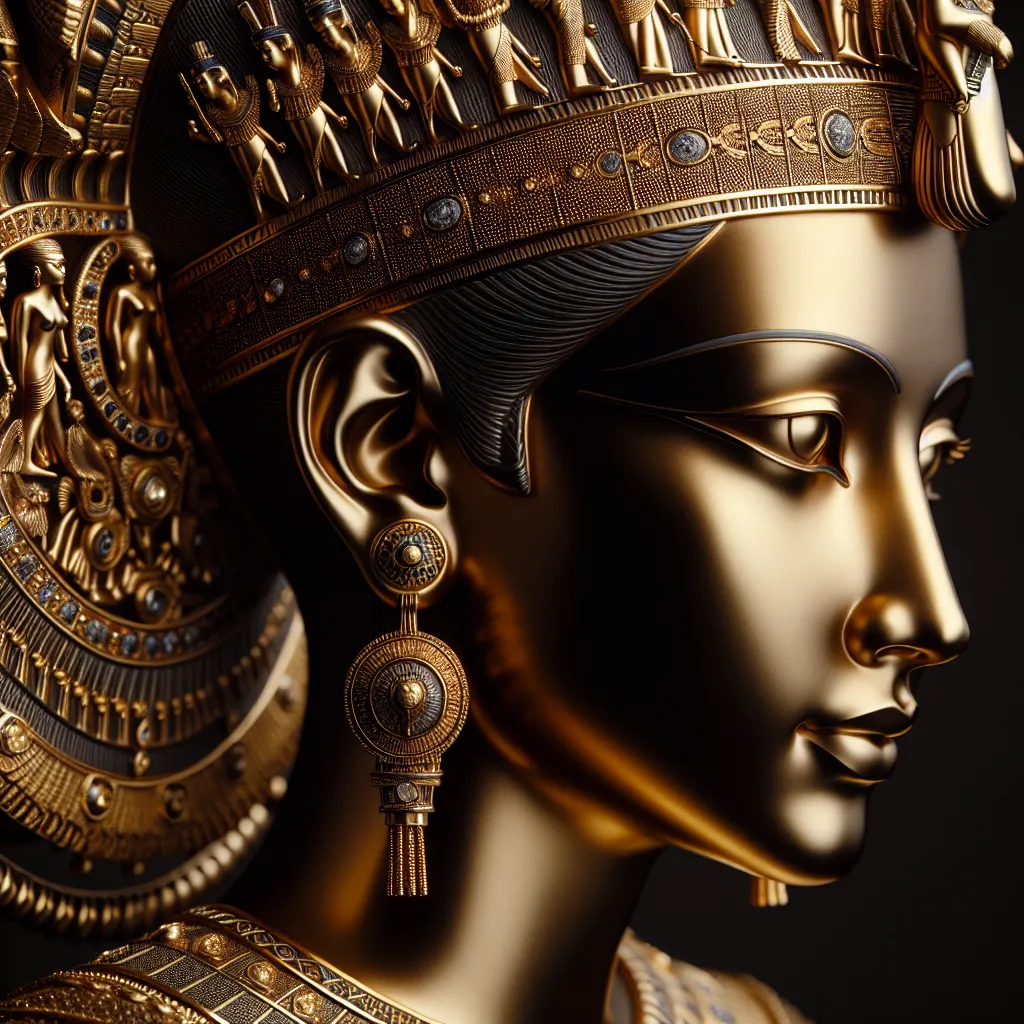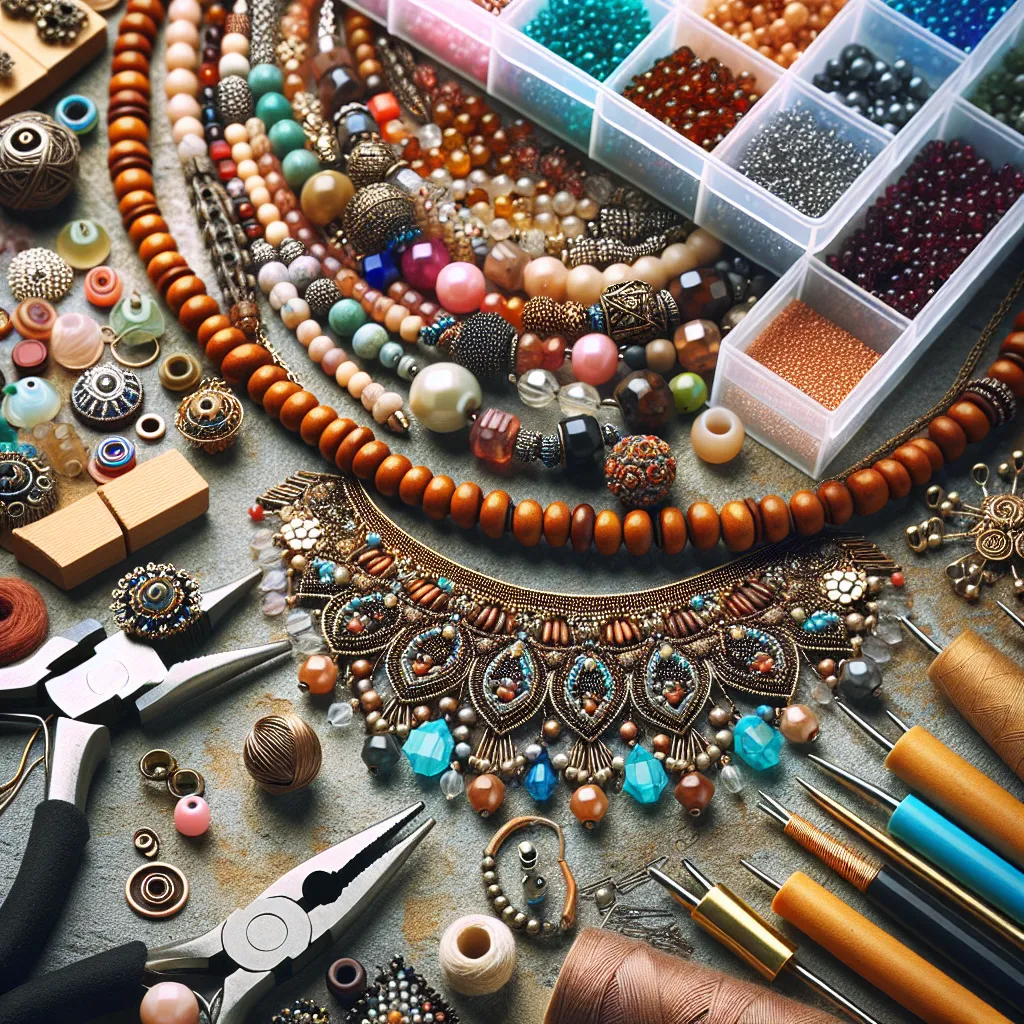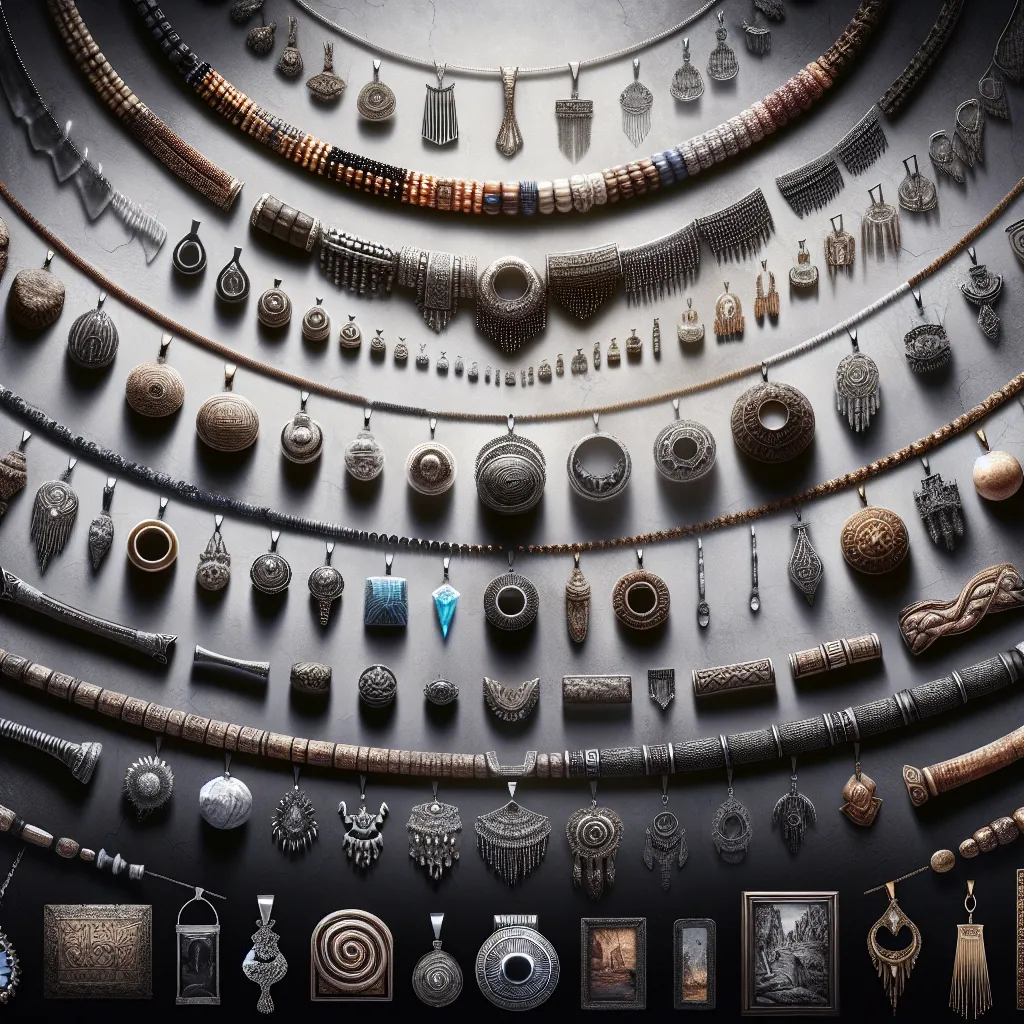Ancient Origins of Necklaces: Unearthing the Roots of Adornment
When delving into the history of necklaces, we are immediately transported back to ancient times, where the roots of this adornment can be found. The practice of wearing necklaces dates back to the earliest civilizations, with evidence of necklace-wearing in ancient cultures such as the Egyptians, Mesopotamians, and ancient Chinese. These early necklaces were crafted from natural materials such as shells, beads, and precious stones, reflecting the resources available in different regions. In these ancient societies, necklaces held significant cultural and symbolic meanings, often representing status, spirituality, and protection.
Ancient Egyptians, for instance, adorned themselves with intricate necklaces made of gold, precious gemstones, and amulets, believing that these pieces held magical and protective powers. In Mesopotamia, necklaces were crafted using a wide array of materials like metals, lapis lazuli, and carnelian, and were often buried with the dead as a form of afterlife adornment. Meanwhile, in ancient China, jade necklaces symbolized not only beauty but also represented one’s social status and moral integrity.
Exploring the ancient origins of necklaces reveals how this form of adornment transcended mere aesthetics and became deeply intertwined with the beliefs, values, and customs of early civilizations. The evolution of necklaces from these ancient origins to the modern trends of today showcases the enduring allure and significance of this timeless accessory.
The Evolution of Necklace Styles Through the Ages
Necklaces have been an essential part of human adornment since ancient times, with their styles evolving significantly through the ages. From the ancient civilizations of Egypt and Mesopotamia to the modern fashion trends of today, the history of necklaces reflects the changing tastes, cultural influences, and technological advancements of each era.
Ancient necklaces were often made from natural materials such as shells, bones, and feathers, reflecting the close connection between early humans and nature. As civilizations developed, more sophisticated materials like gold, silver, and precious gemstones became popular, symbolizing wealth and social status. The intricate designs of ancient Egyptian necklaces, often featuring amulets and symbols of gods and goddesses, showcased the religious and spiritual beliefs of the time.
During the Roman Empire, necklaces took on a grander scale, with elaborate pieces worn by both men and women as a symbol of power and influence. The Middle Ages saw a shift towards religious motifs, with cross pendants and prayer beads becoming popular necklace styles. The Renaissance period brought a revival of interest in classical art and culture, inspiring the use of intricate metalwork and gemstones in necklace designs.
The 20th century witnessed significant changes in necklace styles, from the introduction of costume jewelry and Art Deco designs to the rise of minimalist and abstract forms in modernist movements. The influence of global cultures and the exploration of new materials led to diverse and innovative necklace styles, catering to a wide range of tastes and preferences.
Today, necklace styles continue to evolve, with a blend of traditional craftsmanship and contemporary aesthetics. From statement bib necklaces to delicate layered chains, the diversity of designs reflects the individuality and creativity of modern fashion. Whether adorned with traditional motifs or avant-garde concepts, necklaces remain a timeless expression of personal style and cultural heritage.
Modern Trends in Necklace Design and Fashion
Modern trends in necklace design and fashion have evolved significantly over the years, reflecting the changing tastes and styles of each era. In today’s fashion landscape, necklaces are not only seen as accessories but as statement pieces that can define an entire look. One prominent trend in necklace design is the resurgence of minimalist and dainty styles, with delicate chains and understated pendants gaining popularity. This shift towards subtlety and simplicity has been embraced by many fashion-forward individuals, who appreciate the versatility of such pieces.
Another growing trend is the use of sustainable and ethically sourced materials in necklace design. With increasing awareness of environmental and social issues, consumers are seeking out jewelry that aligns with their values. This has led to the rise of eco-friendly necklaces crafted from recycled metals, ethically mined gemstones, and other sustainable materials. Designers and brands are actively incorporating these elements into their collections, catering to a more conscientious clientele.
Furthermore, personalized and custom-made necklaces have become a prevailing trend, allowing individuals to express their unique identity and story through their jewelry. Whether it’s a name necklace, a zodiac sign pendant, or a bespoke initial charm, personalized necklaces have become a meaningful and popular choice for many. This trend emphasizes the emotional connection people seek with their accessories, adding a personalized touch to their ensemble.
Lastly, the influence of cultural and historical motifs in necklace design has captivated the fashion world. From ancient symbols to modern interpretations of traditional craftsmanship, cultural influences have permeated contemporary necklace designs. This trend not only celebrates diversity and heritage but also fosters a deeper appreciation for the cultural significance behind each piece of jewelry.
As fashion continues to evolve, so too does the landscape of necklace design. With an emphasis on sustainability, personalization, cultural influences, and minimalist styles, modern trends in necklace fashion exemplify a shift towards conscious consumerism and individual expression.



